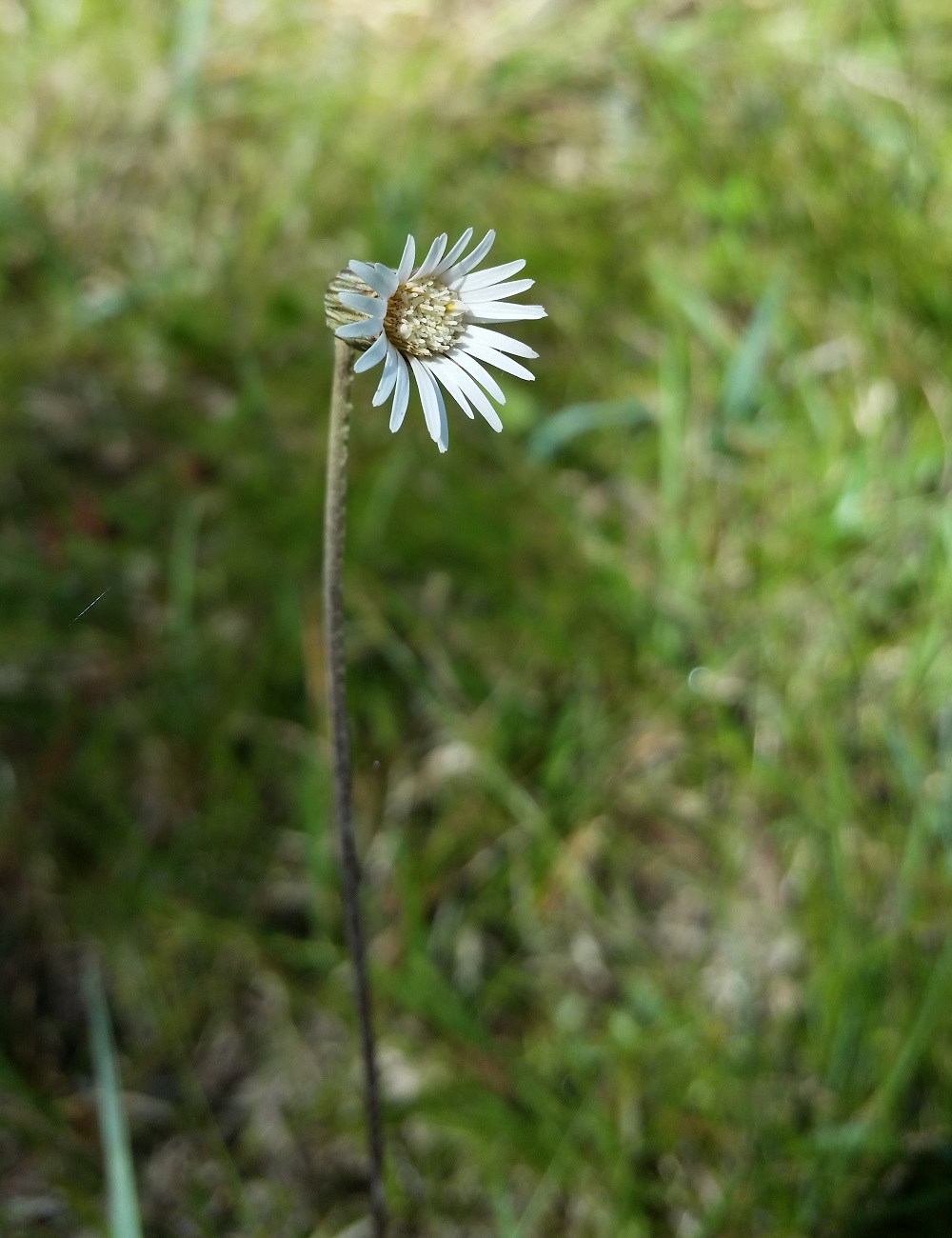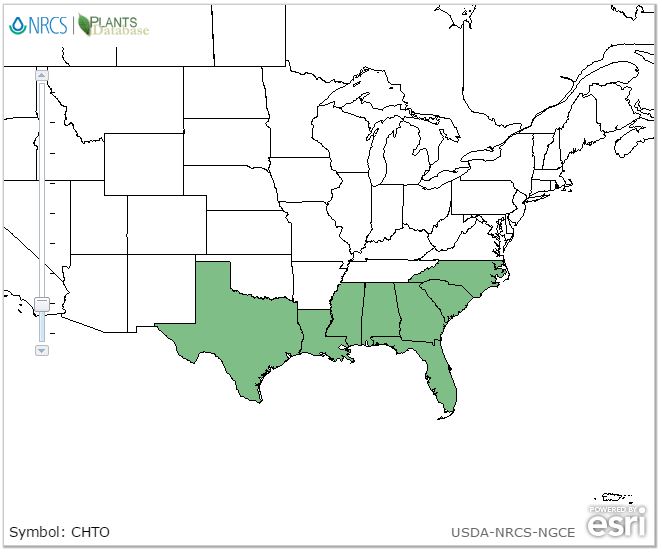Difference between revisions of "Chaptalia tomentosa"
(→Description) |
|||
| Line 32: | Line 32: | ||
==Ecology== | ==Ecology== | ||
===Habitat=== <!--Natural communities, human disturbed habitats, topography, hydrology, soils, light, fire regime requirements for removal of competition, etc.--> | ===Habitat=== <!--Natural communities, human disturbed habitats, topography, hydrology, soils, light, fire regime requirements for removal of competition, etc.--> | ||
| − | It can be found in sandhill seeps, savannas, and pine flatwoods.<ref name= "Weakley">Weakley, A. S. (2015). Flora of the Southern and Mid-Atlantic States. Chapel Hill, NC, University of North Carolina Herbarium.</ref> | + | It can be found in sandhill seeps, savannas, and pine flatwoods.<ref name= "Weakley">Weakley, A. S. (2015). Flora of the Southern and Mid-Atlantic States. Chapel Hill, NC, University of North Carolina Herbarium.</ref> It is a facultative wetland species that commonly occurs in wetlands, but it can also occur in non-wetlands.<ref name= "USDA"/> |
===Phenology=== <!--Timing off flowering, fruiting, seed dispersal, and environmental triggers. Cite PanFlora website if appropriate: --> | ===Phenology=== <!--Timing off flowering, fruiting, seed dispersal, and environmental triggers. Cite PanFlora website if appropriate: --> | ||
Revision as of 16:19, 5 April 2019
| Chaptalia tomentosa | |
|---|---|

| |
| Photo by Katelin Pearson | |
| Scientific classification | |
| Kingdom: | Plantae |
| Division: | Magnoliophyta - Flowering plants |
| Class: | Magnoliopsida - Dicotyledons |
| Order: | Asterales |
| Family: | Asteraceae |
| Genus: | Chaptalia |
| Species: | C. tomentosa |
| Binomial name | |
| Chaptalia tomentosa Vent. | |

| |
| Natural range of Chaptalia tomentosa from USDA NRCS [1]. | |
Common names: Woolly Sunbonnets; Pineland Daisy; Night-nodding Bog-dandelion; Sunbonnets
Contents
Taxonomic notes
Synonyms: none
Varieties: none
Description
C. tomentosa ia a perennial forb/herb that is a member of the Asteraceae family.[1]
Distribution
It is an endemic species of the Southeastern Coastal Plain, from east North Carolina to south Florida and west to east Texas.[2]
Ecology
Habitat
It can be found in sandhill seeps, savannas, and pine flatwoods.[2] It is a facultative wetland species that commonly occurs in wetlands, but it can also occur in non-wetlands.[1]
Phenology
C. tomentosa has been observed flowering from January to June with peak inflorescence in March.[3]
Conservation and management
Global status rank: G5 secure [4].
Cultivation and restoration
Photo Gallery
References and notes
- ↑ 1.0 1.1 USDA, NRCS. (2016). The PLANTS Database (http://plants.usda.gov, 5 April 2019). National Plant Data Team, Greensboro, NC 27401-4901 USA.
- ↑ 2.0 2.1 Weakley, A. S. (2015). Flora of the Southern and Mid-Atlantic States. Chapel Hill, NC, University of North Carolina Herbarium.
- ↑ Nelson, G. PanFlora: Plant data for the eastern United States with emphasis on the Southeastern Coastal Plains, Florida, and the Florida Panhandle. www.gilnelson.com/PanFlora/ Accessed: 7 DEC 2016
- ↑ [Encyclopedia of Life] Accessed 5 June 2016